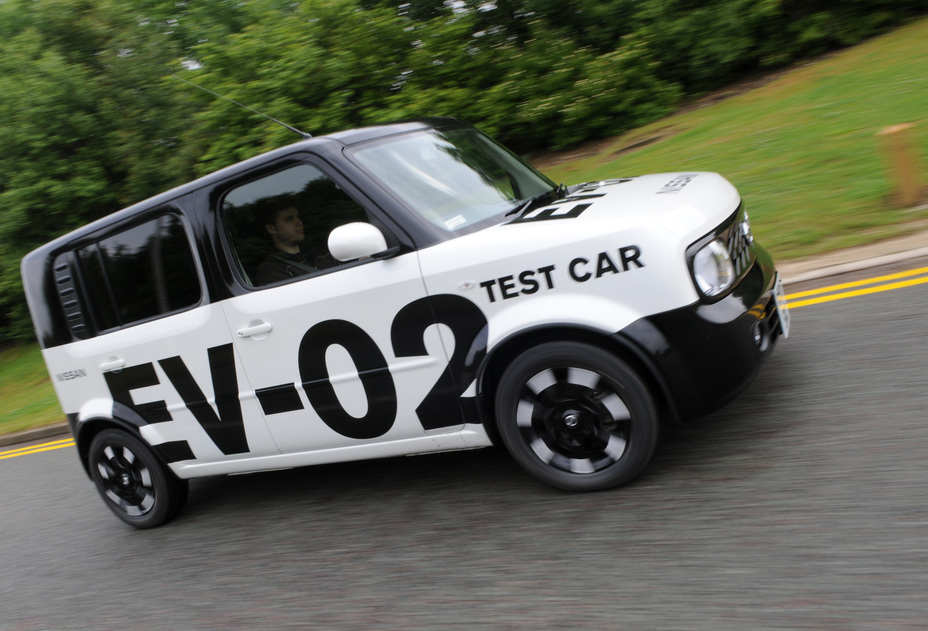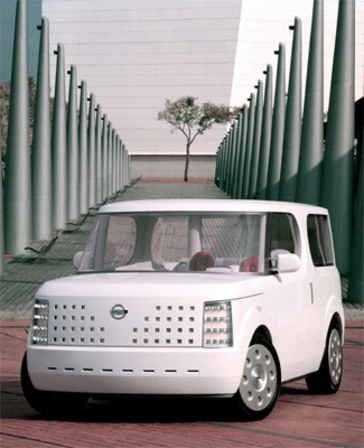Nissan collaborates on next generation in-car safety systems
Nissan has been collaborating in an exploratory project to develop bone-scanning technology which will maximise the protection offered to occupants in the event of a car crash.
Nissan’s Technical Centre Europe (NTCE) is one of several automotive organisations involved in the bone-scanning project, called BOSCOS (Bone Scanning for Occupant Safety). The aim of the project is to research and develop technology which can adjust the deployment of on-board safety systems to account for the density of the occupants’ bone structure.
In recent years, huge progress has been made in occupant protection from the introduction of seat-belt pre-tensioners, steering wheel mounted airbags, then passenger, side- and curtain airbags. The BOSCOS project is intended to take these safety devices to the next level of effectiveness.
Research taken from analysis has shown that injuries such as fractured ribs and sternum result from the deployment of airbags and the high forces that are applied when seatbelts are used in real-world accidents. In particular, older drivers and passengers who have weaker bones or medical conditions such as osteoporosis, can suffer from fractures as a result of the deployment of airbags and seatbelts.
The bone-scanning system works by using ultrasound technology to analyse the bone density of the occupants and it can then adjust the force of the airbag and seatbelt pre-tensioners to maximise the protection offered by those devices, and at the same time to help keep to a minimum the risk of injury as a direct result of their deployment.
To analyse the bone density, occupants place their finger in an aperture upon starting the car and an ultrasound reader measures their bone density. With the results recorded, the various safety devices will calculate the optimum level of deployment to protect the occupants, whilst keeping to a minimum their risk of injury.
Although the deployment of airbags and the momentary high forces exerted on the chest by the seatbelt during real-world accidents can occasionally cause injuries, it is well known that these injuries are significantly less serious than the injury that would likely occur to the occupants without the intervention of a seatbelt and airbag.
At the moment, there is no schedule for when this technology will first be employed on a commercially available vehicle.
The consortium includes: the Cranfield Impact Centre, part of Cranfield University’s School of Industrial and Manufacturing Science and TRW Automotive. NTCE is Nissan’s engineering and development facility in Europe. With sites in Cranfield, Bedfordshire, Barcelona, Madrid, Brussels and Germany, NTCE employs 700 people who work on European projects, as well as projects for non-European markets.













































































































































































































































































































































































































































